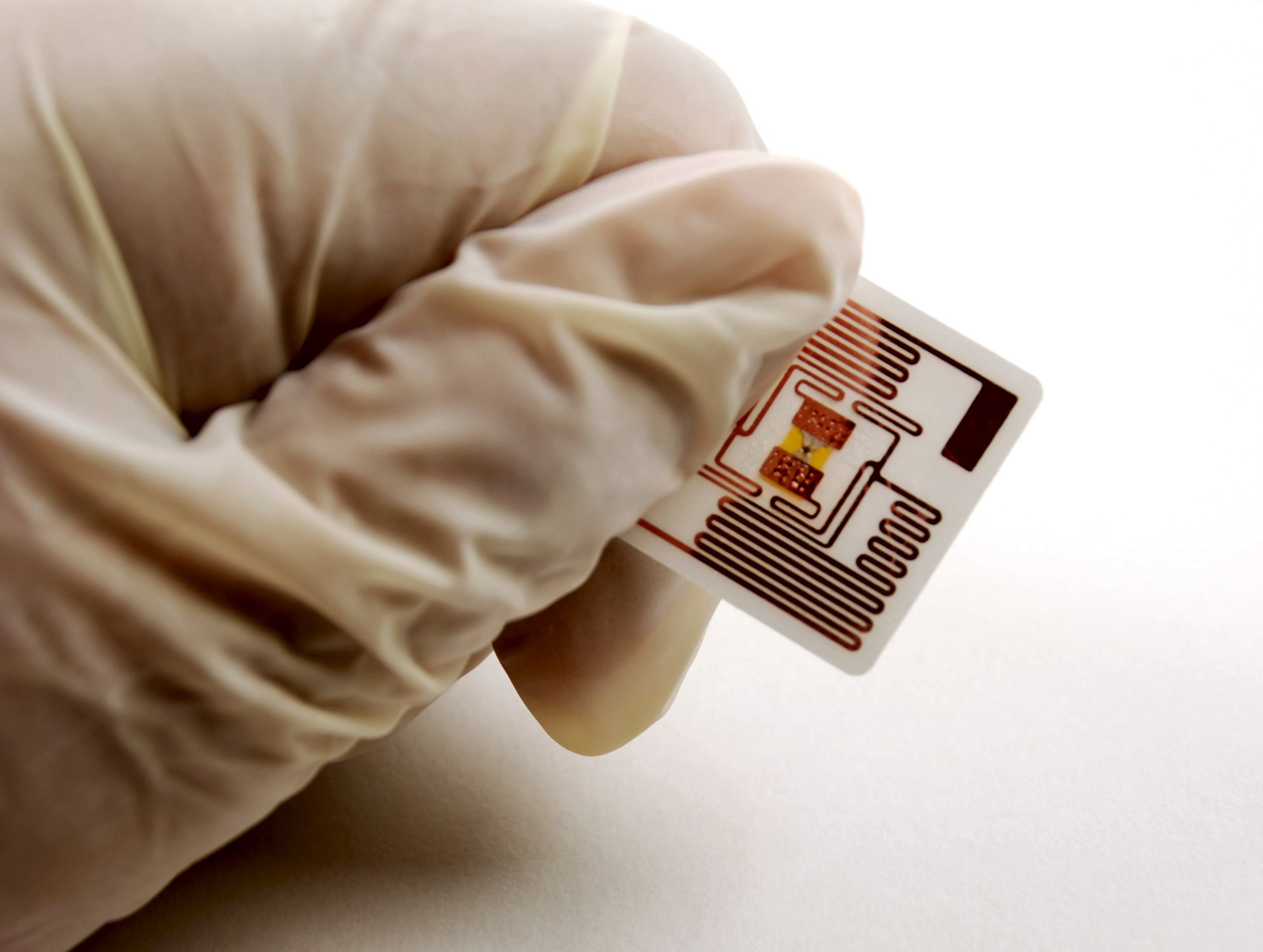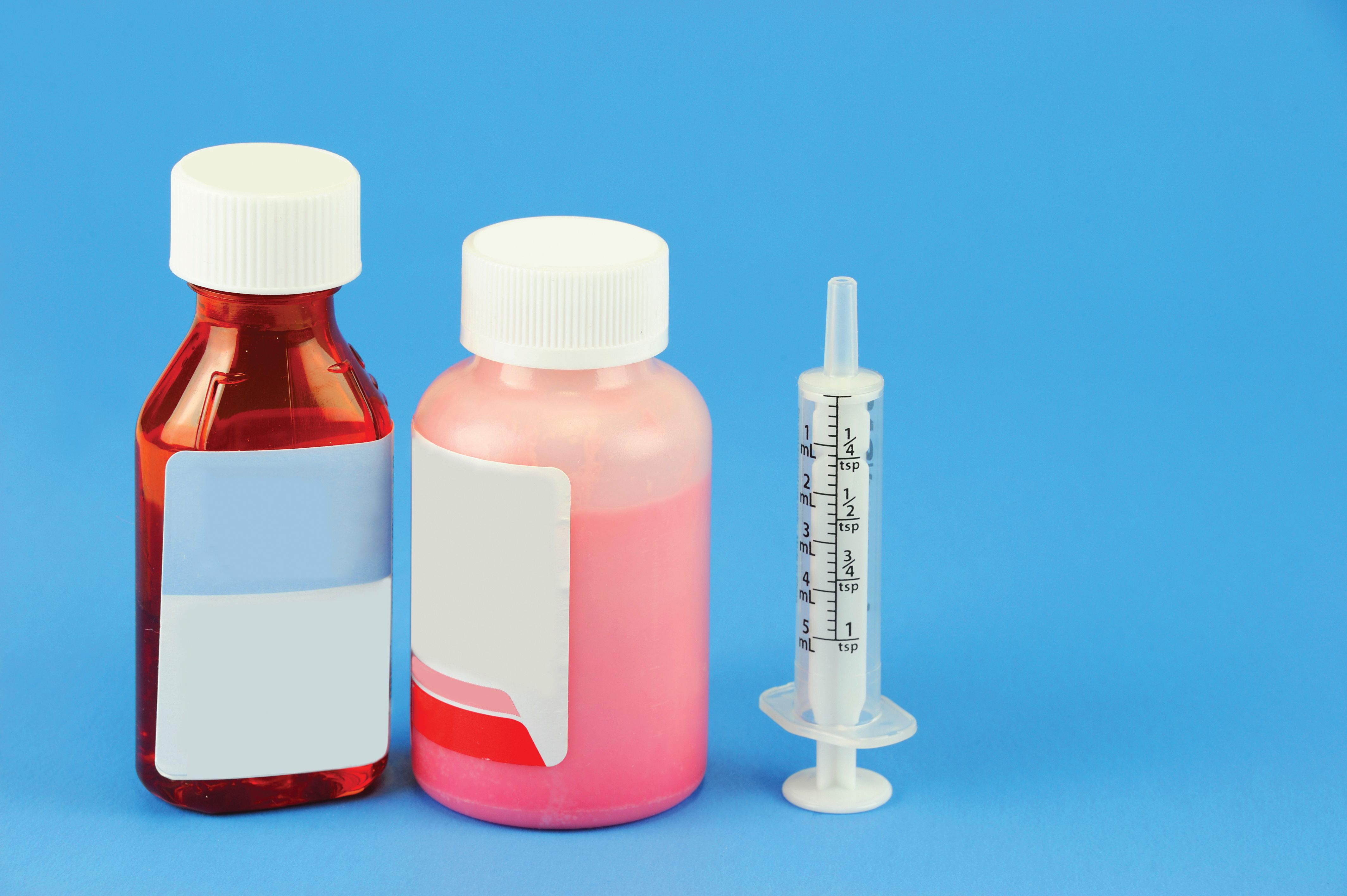Publication
Article
Pharmaceutical Technology
Drug Prices Remain on the Cutting Board
Author(s):
Efforts to cut healthcare outlays will focus on drug costs, despite a drop in prescription sales.
The new administration, Congressional leaders, and healthcare payers and providers are eager to reform the nation's healthcare system to make quality care more available and affordable. The main problem is that the cost of healthcare keeps rising faster than the US economy is growing, with few gains in quality of care. Everyone wants to change policies and practices to reduce unnecessary spending and make the system more fair and more efficient than it is. Yet agreement on how to accomplish that goal remains elusive.

Jill Wechsler
The task is enormous from any perspective. The Congressional Budget Office (CBO) and the Centers for Medicare and Medicaid Services (CMS) estimate that the nation will spend $2.6 trillion for healthcare in 2009, or 17% of gross domestic product. Without any policy changes, that amount will rise to 20% of GDP by 2017 and nearly 50% in 2082, according to CBO's December 2008 report Key Issues in Analyzing Major Health Insurance Proposals.
Annual spending will increase from $8300 per person today to $13,000 by 2017, and federal outlays for Medicare and Medicaid will grow from $720 billion in 2009 to about $1.4 trillion by 2019, according to the report. The number of uninsured, moreover, will rise from 45 million today to about 54 million in 10 years because health-insurance premiums will increase much faster than income, making coverage more difficult to afford.
Drop for drugs
One bright spot in the healthcare cost picture is a slowdown in expenditures for prescription drugs. In 2007, the growth rate for spending on prescription drugs hit a 45-year-low, according to the CMS Office of the Actuary. Outlays for drugs rose only 4.9% to $227.5 billion, roughly half the 8.6% rise in 2006 and the slowest rate of growth since 1963. And prescription drug prices rose a paltry 1.4% in 2007, even less than the 3.5% price rise in 2006.
A main force behind the drop in pharmaceutical outlays is increased use of cheaper generic medications, CMS and other analysts report. Generic drugs accounted for 67% of drug dispensing in 2007, up from 63% in 2006 and 60% in 2005. That trend is being spurred by the increase in blockbuster drugs losing patent protection, increased competition among generic drugmakers as six-month exclusivity periods expire, and a boost in multitiered drug formularies that set higher copays for branded products.
An added force driving down use was rising concerns about drug safety. An increase in black-box warnings required by the US Food and Drug Administration discouraged patients and prescribers from relying on medicines to treat certain conditions. These factors have contributed to a drop in the number of new blockbuster drugs coming to market and resulted in a smaller number of new therapies able to command premium prices.
Slow growth in drug outlays was "one of the major factors driving down overall healthcare spending growth in 2007," said Micah Hartman, a CMS statistician. CMS noted that expenditures on healthcare increased only 6.1% in 2007 to $2.2 trillion, the smallest rate of increase since 1998. Still, the portion of the economy devoted to healthcare will continue to increase as expenditures for drugs, hospitals, physicians, and other healthcare services, grow faster than inflation.
Although the rate of increase in drug spending has declined, actual outlays for pharmaceuticals continue to rise. Expenses are projected to total $264 billion this year, with about $100 billion coming from government coffers. "So we still have an affordability problem," said CMS actuary Rick Foster at a briefing in January. While the economic recession may slow spending more than projected, Foster doesn't expect the low 2007 spending rate to continue.

In Washington This Month
Push for rebates
The Medicare prescription drug benefit continues to expand as more beneficiaries sign up. Outlays for Part D were $47.6 billion in 2007, 17.5% higher than the 2006 total of $40.5 billion. Part D expenses are projected to exceed $50 billion in 2009. Despite the overall rise in Part D spending, cost per enrollee dropped slightly to $1745 in 2007 as prescription drug plans (PDPs) controlled expenditures by negotiating discounts and rebates with manufacturers and carefully managing drug use. Health-policy analysts would like to see Medicare costs decline even further, and CBO offered suggestions for achieving this goal, along with evidence that many policy changes will not save much money in its Budget Options report.
One promising strategy for cutting Medicare outlays is to require manufacturers to pay rebates on medicines purchased under Part D, an idea championed by Rep. Henry Waxman (D-CA), newly named chairman of the House Energy and Commerce Committee. CBO says that a mandatory 15% rebate of the average manufacturer's price beginning in 2011 would save the government $33 billion over five years and $110 billion over 10 years. The estimate assumes that manufacturers would agree to pay rebates to retain coverage for their products by Medicare Parts B and D, as well as by Medicaid, the Veterans Health Administration, and other government health programs. That policy builds on the Medicaid drug-rebate program, but drops the "best price" provision to avoid affecting prices negotiated by private purchasers.
Waxman is expected to push the rebate proposal in this year's Congressional session. He believes that pharmaceutical companies are raking in big profits under Part D because they no longer have to pay rebates to state Medicaid programs for drugs delivered to low-income seniors now covered by the Medicare drug benefit. According to a study issued last year by the House Oversight and Government Reform Committee, which Waxman previously headed, manufacturers benefited from a $3.7-billion windfall in 2006 and 2007 that resulted from higher prices paid for drugs provided to "dual eligible" beneficiaries. Waxman claims that Johnson & Johnson (New Brunswick, NJ) earned more than $500 million in additional profits on its "Risperdal" antipsychotic medication and that Bristol-Myers Squibb (New York) gained $400 million on Medicare coverage for its "Plavix" stroke medication.
The downside is that, over time, manufacturers would try to offset the added rebates by charging higher prices for new medicines and by introducing new strengths and dosage forms for existing drugs that could command higher prices. But Timothy Anderson, a financial analyst with Sanford Bernstein, calculates that a 20% rebate on all Part D drugs "would be tolerated surprisingly well" by leading manufacturers and cut their earnings by only 3–10%.
Pressure on biologics
Another effective way to reduce Medicare outlays is to promote generic competition to high-cost biotechnology therapies. CBO estimates that the federal government could save $9.2 billion over 10 years by establishing an abbreviated pathway for FDA market approval of follow-on biotechnology therapies (FOBs). For its analysis, CBO assumes a 12-year exclusivity period for brand-name products and limited requirements for duplicating innovators' clinical trials. The resulting low-priced FOBs would save Medicare and Medicaid about $8.1 billion during the 2010–2019 period, and other government health programs would have their costs drop by another $1 billion during that time.
The savings would be even greater—about $12 billion over 10 years—if the government also revised billing codes for biologics dispensed by physicians in their offices under Medicare Part B. Placing an FOB in the same billing code as a brand-name counterpart would provide a strong incentive for physicians to prescribe the lower-cost therapy because CMS would reimburse physicians based on a weighted average of the prices paid to manufacturers for all drugs with the same code. Consequently, a physician dispensing the less-expensive FOB would be able to retain the difference between product cost and Medicare payment, while providers who prescribed an expensive brand-name product would face a financial penalty.
Manufacturers object that such incentives promote low-cost biosimilars even if they raise concerns about patient safety and therapeutic efficacy. CBO acknowledges that authorizing FOBs could cut revenues to biotechnology companies and reduce research and development of new therapies. But analysts point out that these losses would be offset by larger gains for private health insurance plans, which would translate into reduced insurance premiums, increased wages, and a parallel boost in federal tax revenues.
Even without FOBs, Medicare drug plans are reducing outlays for expensive Part D drugs by establishing formularies with four or more tiers, including a top tier for specialty drugs that cost more than $600 a month. These expensive medicines now routinely carry coinsurance rates as high as 33%, compared to a median of 25% three years ago, according to analysis by the Medicare Payment Advisory Committee (MedPAC) in December. A separate study of oral cancer drugs by the American Cancer Society Cancer Action Network and Avalere Health found that high coinsurance rates translated into high costs for beneficiaries. For example, 84% of PDP enrollees are in plans that put the leukemia treatment "Gleevec" on tier four or higher, compared to 39% in plans taking that approach in 2006.
Savings elusive
Many popular reform proposals, though, are unlikely to save much money, particularly during the next 5 or 10 years, according to the Budget Options report. Permitting the federal government to negotiate lower Medicare drug prices with pharmaceutical companies, for example, is likely to produce "small if any savings," the budget analysts conclude. The main problem is that the Secretary of Health and Human Services (HHS) would not have sufficient leverage to secure significant discounts. HHS might negotiate small savings for certain single-source drugs by persuading manufacturers to reduce individual prices, but that measure would not be enough to make a visible difference.
Insurers, pharmacy benefit managers, and manufacturers make the same claim about the disadvantage of centralized price negotiations, but Congress still may support such a move for political reasons. Former Congressman James Greenwood, now president of the Biotechnology Industry Organization, told reporters at a September 2008 briefing that members of Congress assume that either Medicare negotiates prices or drug companies charge whatever they want. The legislators fail to realize, he noted, that every drug under Part D is subject to "very tough negotiations" between the private parties.
Similarly, CBO describes how prevention and disease-management programs may reduce the need for expensive care for some patients, but that such initiatives have costs, especially if provided for large populations.
Antiobesity and antismoking campaigns may enable people to live longer, but in the long run will increase demand for care for the elderly. And modifying the system for identifying and penalizing medical malpractice similarly would have only a modest impact on total healthcare expenditures. Many policymakers support wider adoption of health information technology (IT) as a key strategy for lowering healthcare costs and improving the quality of care, but implementation will be costly at first.
Comparing effectiveness
Both public and private health officials also believe that comparative research on which drugs and medical procedures are most effective can reduce inappropriate and expensive care. In assessing the potential savings from such efforts, CBO projects that total spending on healthcare could decline by about $8 billion over 10 years, but up front costs would eat into most of those gains and yield limited savings.
Even so, support in Congress for establishing an independent comparative-research organization is growing. Senate Finance Committee Chairman Max Baucus (D-MT) has proposed creating a nonprofit, quasi-governmental entity that would contract with public and private organizations to obtain evidence of the clinical effectiveness (CE) of medical products and treatments.
A key issue is whether such a CE research program addresses costs as well as treatment effectiveness. Insurers and payers maintain that effectiveness research must weigh prices and expenditures to be useful to the healthcare system, as does the United Kingdom's National Institute for Clinical Excellence (NICE).
While paltry gains may diminish enthusiasm for some reform proposals, high costs will doom others. Part D critics want to fill in the confusing and costly coverage gap in the Medicare drug benefit. But such a move, says CBO, would cost $42 billion during 2010–2014 and $134 billion over the next decade. That high price tag makes it unlikely that Congress will eliminate the doughnut hole, but the inequities of the system will continue to draw criticism of the Part D benefit. For example, many seniors stopped taking prescribed medications or switched to other drugs because they exceeded their coverage limits.
These issues will be addressed in the coming months under several initiatives. Congress moved quickly to reauthorize the State Children's Health Insurance Program, but still has to tackle the 2010 budget, tax changes and additional economic stimulus proposals. And the Medicare physician-pay fix looms ahead.
Last summer, Congress enacted a limited Medicare reform bill that put off hard decisions on revising Medicare's outmoded payment system for reimbursing doctors. In fact, the legislation calls for a 20% cut in physician fees in 2010, setting the stage for another heated battle over Medicare rates and regulations. Many legislative experts believe that Congress will not have enough time to address broad health issues this year, but reform advocates insist that American industry cannot compete globally unless the nation develops a more efficient and cost-effective healthcare system.
Jill Wechsler is Pharmaceutical Technology's Washington editor, 7715 Rocton Ave., Chevy Chase, MD 20815, tel. 301.656.4634, jwechsler@advanstar.com
Newsletter
Get the essential updates shaping the future of pharma manufacturing and compliance—subscribe today to Pharmaceutical Technology and never miss a breakthrough.






